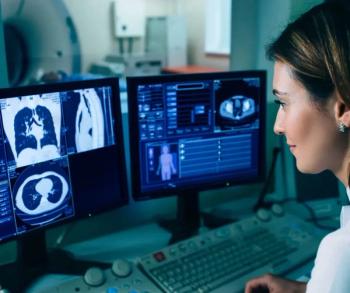
Pure Breast Pain in Women Rarely Indicates Cancer
Imaging tests overused to diagnose pure breast pain among women.
Complaints of breast pain often result in overutilization of healthcare resources, according to a study published in the
Researchers from the University of Texas MD Anderson Cancer Center in Houston analyzed
the incidence of women with breast pain who presented to an imaging center, and assessed the imaging findings, outcomes, and workup costs. Patients who were pregnant or lactating, had a history of breast cancer, or presented with palpable nipple or skin findings were excluded.
A total of 799 patients participated in the study:
• 30 percent of the patients presented with diffuse pain
• 30 percent presented with focal pain
• 40 percent of pain was not localized
Almost all patients, 99 percent, presented for a diagnostic evaluation, but 759 (95 percent) of these evaluated patients had negative findings. One patient had a single cancer detected in the contralateral asymptomatic breast. Workup studies included ultrasound, mammography, MRI, and digital breast tomosynthesis.
When correlations between breast pain and the presence of cancer in the study patients were compared with the concurrent cancer detection rate in the screening population (5.5 cases per 1,000 examinations performed), breast pain was not found to be a sign of breast cancer. Women younger than 40 years (316 of 799 patients) underwent 454 workup studies at a total cost of $87,322, but no cancer was detected in this group. There were 745 imaging studies performed on the patients over 40 years (483 of 799 patients), at a cost of $152,732.
The researchers concluded that breast pain resulted in the overuse of healthcare resources. They suggested when women 40 years or older present with pure breast pain, breast imaging centers should consider recommending an annual screening mammogram and for women younger than 40, reassurance without imaging.
Newsletter
Stay at the forefront of radiology with the Diagnostic Imaging newsletter, delivering the latest news, clinical insights, and imaging advancements for today’s radiologists.



























